Home>Garden Essentials>How To Plant Star Jasmine Ground Cover
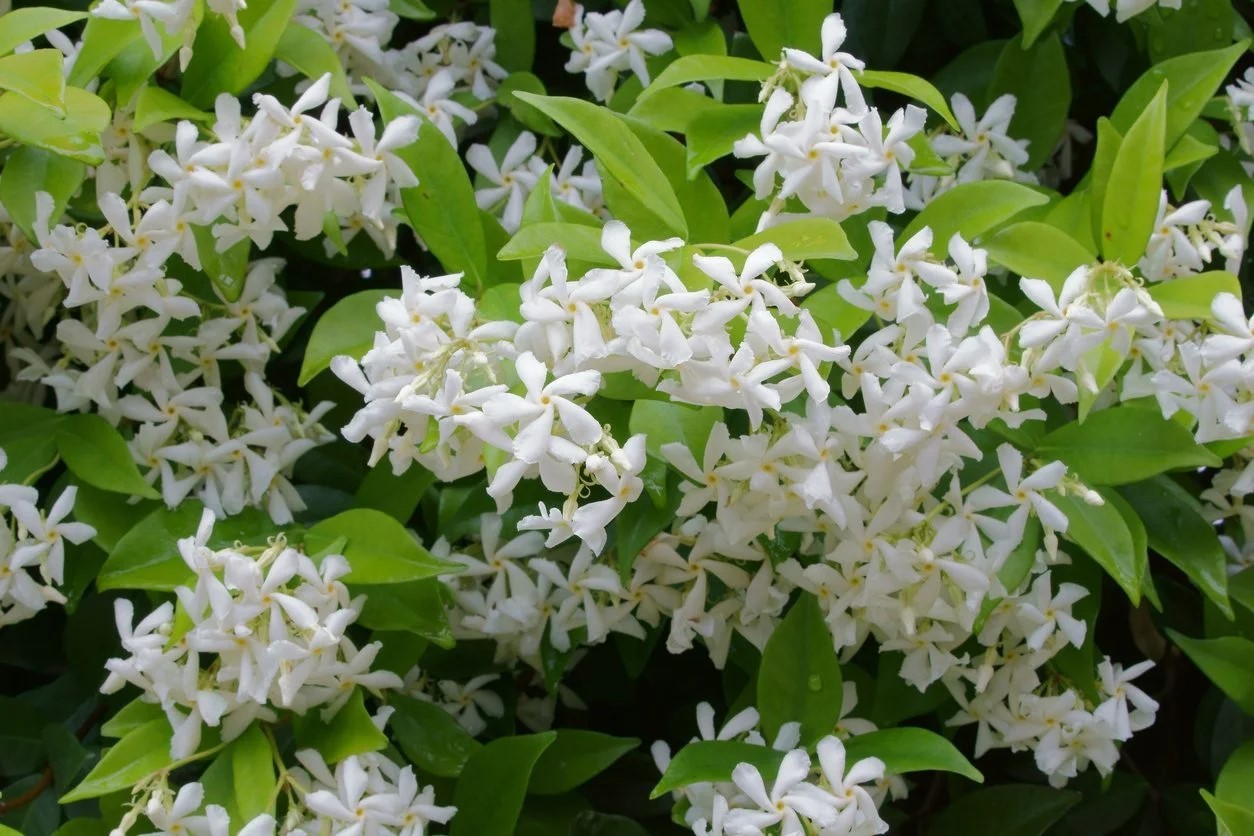

Garden Essentials
How To Plant Star Jasmine Ground Cover
Modified: October 28, 2024
Learn how to plant star jasmine ground cover in your garden and enjoy its beautiful blooms and fragrance year-round. Enhance your garden with this vibrant and low-maintenance plant.
(Many of the links in this article redirect to a specific reviewed product. Your purchase of these products through affiliate links helps to generate commission for Storables.com, at no extra cost. Learn more)
Introduction
Welcome to the wonderful world of gardening! If you’re looking to add beauty and versatility to your outdoor space, planting star jasmine ground cover is a fantastic choice. Star jasmine, also known as Trachelospermum jasminoides, is a popular evergreen vine that produces clusters of fragrant, star-shaped white flowers. Not only does it create a visually appealing landscape, but it also fills the air with a delightful scent that can be enjoyed all summer long.
In this article, we will guide you through the process of planting star jasmine ground cover, from choosing the right location to caring for your plants. Whether you’re a beginner gardener or have a green thumb, you’ll find valuable tips and insights to help you create a thriving and beautiful garden.
Before we dive into the specifics, let’s take a moment to appreciate the unique qualities of star jasmine. This vine is native to Asia and thrives in temperate climates. It is a versatile plant that can be used as a ground cover, a climber for fences and trellises, or even as a container plant. Its glossy, dark green leaves provide an attractive backdrop for the stunning white flowers. With its twining growth habit, star jasmine can quickly cover large areas, making it an excellent choice for filling in empty spaces in your garden.
Aside from its aesthetic appeal, star jasmine is a low-maintenance plant that is relatively easy to grow. It is adaptable to a variety of soil types and can tolerate both full sun and partial shade. Additionally, it is known for its resilience to drought and common garden pests.
Now that we’ve established the allure of star jasmine, let’s move on to the practical steps involved in planting and tending to this delightful ground cover.
Key Takeaways:
- Planting star jasmine ground cover is a delightful way to add beauty and fragrance to your garden. Choose a sunny spot, prepare the soil, and care for your plants to create a thriving and visually appealing outdoor space.
- To ensure the health and vitality of your star jasmine ground cover, provide proper watering, mulching, pruning, and fertilizing. Keep an eye out for pests and diseases, and enjoy the therapeutic and rewarding experience of gardening.
Read more: How To Manicure Jasmine Ground Cover
Step 1: Choosing the Right Location
The success of your star jasmine ground cover largely depends on choosing the right location for planting. Here are some factors to consider:
Light Requirements: Star jasmine thrives in bright, indirect sunlight. While it can tolerate some shade, it will produce more blooms in a sunnier location. Choose a spot in your garden that receives at least 4-6 hours of sunlight per day.
Soil Conditions: Star jasmine prefers well-draining soil that is rich in organic matter. It can tolerate a range of soil types, including sandy or clay soils. Before planting, ensure that the soil is loose and crumbly by incorporating organic compost or well-aged manure into the planting area.
Space Availability: Consider the space available in your garden for star jasmine to spread and grow. This vine has a vigorous growth habit and can cover a large area if left unchecked. If you plan to use it as a ground cover, make sure you have enough room for it to spread without encroaching on other plants or structures.
Proximity to Other Plants: Star jasmine is generally a well-behaved vine that won’t aggressively invade neighboring plants. However, it’s still important to provide enough space between star jasmine and other plants to allow for proper air circulation and prevent overcrowding.
Climbing Support: If you plan to train star jasmine to climb on fences or trellises, make sure the chosen location provides access to a sturdy and secure support structure. This will help the vine grow upright and maintain an attractive form.
By carefully considering these factors, you can choose the perfect location for your star jasmine ground cover. Once you’ve identified the ideal spot, you’re ready to move on to the next step: preparing the soil.
Step 2: Preparing the Soil
Preparing the soil is crucial for ensuring the health and growth of your star jasmine ground cover. Follow these steps to create an optimal growing environment:
1. Clear the area: Start by removing any existing vegetation and weeds from the planting site. Clear away rocks, roots, and debris that may hinder the growth of the star jasmine.
2. Loosen the soil: Use a garden fork or a tiller to loosen the soil in the planting area. This will improve drainage and create a loose, friable soil texture that allows the roots to penetrate easily.
3. Amend with organic matter: Enrich the soil with the addition of organic matter such as compost or well-rotted manure. This helps improve the soil structure, fertility, and moisture-holding capacity. Spread a layer of organic matter over the planting area and mix it into the soil using a garden fork or a tiller.
4. Test the soil pH: Star jasmine prefers slightly acidic to neutral soil with a pH range of 6.0 to 7.5. Use a soil testing kit to determine the pH level of your soil. If necessary, adjust the pH by adding limestone to raise it or sulfur to lower it, following the instructions on the product label.
5. Level the soil: Once the amendments have been incorporated, smooth and level the soil surface using a rake. This creates an even planting bed and provides a stable base for the star jasmine.
By properly preparing the soil, you create an optimal environment for the roots to establish and for the star jasmine to flourish. The next step is selecting and purchasing the star jasmine plants.
Step 3: Selecting and Purchasing Star Jasmine Plants
Choosing healthy and well-suited star jasmine plants is essential for the success of your ground cover. Follow these guidelines when selecting and purchasing your plants:
1. Decide between seeds or potted plants: Star jasmine can be grown from seeds or purchased as young potted plants. While growing from seeds can be more cost-effective, it requires more time and care. If you prefer quicker results, opt for potted plants.
2. Look for healthy plants: Inspect the leaves and stems of the plants to ensure they are vibrant and free from discoloration, spots, or signs of damage. Avoid plants with wilted or yellowing foliage, as this could indicate poor health.
3. Check the root system: Carefully examine the root system of potted star jasmine plants. Healthy roots should be well-developed, white, and fleshy. Avoid plants with root-bound or damaged roots, as they may struggle to establish themselves in the ground.
4. Consider the size: Choose star jasmine plants that are appropriate for your planting area. If you’re planting a large area, opt for smaller plants that can be spaced out and will fill in over time. For instant impact, larger plants can be used, but remember to give them enough room to spread and grow.
5. Check for fragrance: If possible, give the plants a gentle rub or brush against the leaves to release their fragrance. Star jasmine is prized for its sweet, jasmine-like scent, so selecting plants with a strong fragrance will enhance the overall experience of your garden.
6. Consider local climate: When purchasing star jasmine plants, choose varieties that are suitable for your local climate. This ensures that the plants will thrive and adapt well to the conditions in your area.
Once you’ve selected your star jasmine plants, handle them with care during transportation and make sure to plant them as soon as possible to minimize stress. In the next step, we will guide you through the process of planting star jasmine ground cover.
Step 4: Planting Star Jasmine
Now that you have your healthy star jasmine plants, it’s time to plant them and watch them grow into a beautiful ground cover. Follow these steps for successful planting:
1. Dig the planting hole: Dig a hole that is slightly wider and slightly deeper than the root ball of your star jasmine plant. This will provide enough space for the roots to spread out.
2. Amend the planting hole: Mix in some organic matter such as compost or well-rotted manure into the soil you removed from the hole. This will help enrich the soil and provide nutrients for the plant.
3. Place the plant in the hole: Carefully remove the star jasmine plant from its pot, gently loosen the roots, and place it in the center of the planting hole. Make sure the top of the root ball is level with or slightly above the surrounding soil surface.
4. Backfill and firm the soil: Fill the hole with the amended soil, pressing it down gently to eliminate air pockets. Be careful not to bury the plant too deeply, as this can lead to root rot. The top of the root ball should be just slightly above the surrounding soil level.
5. Water thoroughly: After planting, give the star jasmine a thorough watering to settle the soil around the roots and provide hydration. Ensure that the water penetrates deep into the root zone.
6. Add mulch: Apply a layer of organic mulch, such as wood chips or bark, around the base of the plant. This helps to retain moisture, suppress weeds, and regulate soil temperature. Leave a small gap between the mulch and the stem of the star jasmine to prevent moisture-related issues.
7. Provide support if needed: If you’re planting star jasmine as a climber, provide a trellis, fence, or other support structure near the plant. This will give the vine something to cling onto as it grows.
Remember to space your star jasmine plants according to their growth habit and the intended coverage area. Allow enough room for them to spread and fill in without overcrowding each other.
Congratulations! You have successfully planted your star jasmine ground cover. In the next step, we will discuss watering and mulching techniques to ensure the health and vigor of your plants.
Read more: How To Get Rid Of Jasmine Ground Cover
Step 5: Watering and Mulching
Proper watering and mulching are crucial for the long-term health and vitality of your star jasmine ground cover. Follow these guidelines to ensure your plants receive the moisture they need:
1. Watering: After planting, give your star jasmine a deep watering to saturate the root zone. This encourages the roots to establish and allows the plant to withstand periods of drought. Water regularly, especially during dry spells, ensuring that the soil remains consistently moist but not waterlogged. Avoid overwatering, as it can lead to root rot and other issues.
2. Mulching: Apply a layer of organic mulch, such as wood chips, shredded bark, or compost, around the base of your star jasmine plants. Mulching helps to conserve soil moisture, suppress weeds, and regulate soil temperature. Keep the mulch layer around 2-3 inches thick, ensuring that it does not touch the stem of the plants to prevent moisture-related diseases.
3. Mulch maintenance: Regularly check the mulch layer and replenish it as needed. Over time, mulch can break down and decompose, so adding fresh mulch annually will help it maintain its effectiveness. Additionally, ensure that the mulch is spread evenly and extends to the drip line of the plants.
4. Watering schedule: During the first few weeks after planting, monitor the moisture levels of your star jasmine regularly. Water deeply when the top inch of soil feels dry. As the plants establish and grow, adjust the watering frequency to meet their needs. Watering deeply and less frequently is generally more effective than light, frequent watering.
5. Watering in extreme temperatures: During periods of extreme heat or cold, adjust your watering schedule accordingly. In hot weather, consider watering early in the morning or late in the evening to minimize water loss through evaporation. In freezing temperatures, water the plants during the daytime to allow the moisture to penetrate the soil before it freezes.
By maintaining proper moisture levels through watering and mulching, you will provide the ideal growing conditions for your star jasmine ground cover. In the next step, we will discuss pruning and training techniques to help shape and maintain the plants’ form.
Plant star jasmine ground cover in well-draining soil and a sunny or partially shaded area. Space plants 3-5 feet apart and water regularly, especially during the first growing season. Prune to maintain desired shape and size.
Step 6: Pruning and Training
Pruning and training are essential tasks to maintain the shape and health of your star jasmine ground cover. Follow these guidelines for successful pruning and training:
1. Pruning frequency: Prune your star jasmine plants annually in late winter or early spring, before the growing season begins. This allows the plant to recover and produce new growth during the warmer months.
2. Remove dead or damaged branches: Start by inspecting the plant and removing any dead, diseased, or damaged branches. This helps to promote new growth and prevents the spread of diseases.
3. Maintain the desired shape: Use pruning shears to selectively trim back the branches to maintain the desired shape of your star jasmine ground cover. This can involve removing excess growth, thinning out crowded areas, and shaping the plant to encourage a more compact and tidy appearance.
4. Train the vines: If you’re growing star jasmine as a climber, train the vines to grow along the desired support structure. Gently guide the tendrils and secure them to the trellis or fence using soft plant ties or twine. This helps to encourage vertical growth and prevents the vines from sprawling outward.
5. Remove old or tangled growth: Over time, star jasmine vines can become tangled or overgrown. Regularly remove any old, tangled, or overly woody growth to rejuvenate the plant and maintain its vigor. This allows for better air circulation and prevents the buildup of pests and diseases.
6. Rejuvenation pruning: Every few years, consider performing a rejuvenation pruning to renew older star jasmine plants. This involves cutting back the entire plant to a height of about 6-12 inches above the ground. This drastic pruning encourages fresh, new growth and helps to revitalize the plant.
Remember to sterilize your pruning tools before and after use to prevent the spread of diseases. Clean the blades with a solution of 70% rubbing alcohol or a 10% bleach solution.
By regularly pruning and training your star jasmine ground cover, you can maintain its shape, promote healthy growth, and ensure a visually appealing garden. In the next step, we will discuss fertilizing techniques to provide the necessary nutrients for your plants.
Step 7: Fertilizing the Plants
Fertilizing your star jasmine ground cover is important to provide the necessary nutrients for its growth and overall health. Follow these guidelines to ensure proper fertilization:
1. Choose the right fertilizer: Select a balanced, slow-release, granular fertilizer specifically formulated for flowering plants or vines. Look for a fertilizer with a ratio of nitrogen (N), phosphorus (P), and potassium (K) such as 10-10-10 or 14-14-14. Alternatively, you can use organic fertilizers like compost or well-aged manure.
2. Timing: Apply fertilizer to your star jasmine plants in early spring, just as new growth begins. Avoid fertilizing in late summer or fall, as this can stimulate tender growth that may not have time to harden off before colder weather sets in.
3. Application: Follow the instructions on the fertilizer package for the correct application rate. Generously spread the fertilizer around the base of the plants, being careful to avoid direct contact with the stems and foliage. Gently work the fertilizer into the top inch of soil and water thoroughly.
4. Repeat applications: For healthy growth and continuous blooming, consider applying a slow-release fertilizer every 4-6 weeks during the growing season. Be cautious not to over-fertilize, as this can lead to excessive foliage growth at the expense of flower production.
5. Organic alternatives: If you prefer organic options, you can use a balanced organic fertilizer or amend the soil with compost or well-aged manure. Organic fertilizers provide a slower release of nutrients and contribute to overall soil health.
6. Monitor plant response: Observe your star jasmine plants closely after fertilization. If the foliage becomes dark green and lush, it may indicate that the plants are receiving too much nitrogen. In such cases, reduce the fertilizer application or switch to a low-nitrogen fertilizer.
7. Watering after fertilization: After applying fertilizer, water the plants thoroughly to help dissolve and distribute the nutrients into the soil. This prevents nutrient imbalances and ensures that the fertilizer reaches the plant’s root zone.
Fertilizing your star jasmine ground cover provides the nutrients necessary for healthy growth, abundant blooms, and vibrant foliage. In the next step, we will explore methods to control weeds and keep your garden free from unwanted growth.
Step 8: Controlling Weeds
Weeds can compete with your star jasmine ground cover for resources, hinder its growth, and detract from the overall appearance of your garden. Follow these guidelines to effectively control weeds:
1. Mulch: Applying a layer of organic mulch around your star jasmine plants not only helps with moisture retention but also acts as a natural weed suppressant. The mulch creates a barrier that inhibits weed seed germination and blocks sunlight, preventing weed growth. Make sure to maintain a consistent layer of mulch throughout the growing season.
2. Hand pulling: Regularly inspect your star jasmine ground cover and manually remove any visible weeds. Use your hands or a garden tool to carefully pull the weeds from the base, ensuring that you remove the entire root system. This method is best suited for smaller areas or for spot treating individual weeds.
3. Weed barriers: For larger areas, consider using weed barriers or landscape fabric. These materials can be laid down before planting and prevent weed growth by blocking sunlight and suppressing weed development. Cut holes in the fabric to accommodate your star jasmine plants and cover the area with mulch for a clean and aesthetically pleasing appearance.
4. Weed control products: If manual removal and mulching are not sufficient, you can use weed control products. Select herbicides specifically designed for broadleaf weed control or for the types of weeds that are causing issues in your garden. Follow the product instructions carefully, as some herbicides can damage or kill desired plants if not applied correctly.
5. Regular maintenance: Consistency is key when it comes to weed control. Regularly dedicate time to inspecting and tending to your star jasmine ground cover, pulling any emerging weeds and ensuring that the mulch layer remains intact. By staying proactive, you can prevent weed growth from becoming overwhelming.
6. Proper spacing: Planting your star jasmine ground cover with enough spacing can help minimize weed growth. Giving the plants room to spread and fill in will reduce the available space for weeds to establish themselves, making weed control tasks more manageable.
By employing these weed control strategies, you can keep your star jasmine ground cover healthy and weed-free, allowing it to thrive and showcase its beauty to the fullest. In the next step, we will discuss how to deal with common pests and diseases that may affect your plants.
Read more: How To Plant Clover As Ground Cover
Step 9: Dealing with Pests and Diseases
Just like any other plant, your star jasmine ground cover may encounter pests and diseases that can affect its health and appearance. Here are some common pests and diseases and how to deal with them:
1. Aphids: Aphids are small, sap-sucking insects that feed on the foliage of star jasmine. To control an infestation, spray a strong stream of water to dislodge the aphids from the plants. You can also use insecticidal soap or neem oil as a natural remedy. Keep an eye on new growth, as aphids tend to target tender shoots.
2. Spider mites: Spider mites are tiny pests that can cause leaf discoloration and silk-like webbing. To combat spider mites, mist the foliage regularly to increase humidity and reduce their populations. You can also apply insecticidal soap or miticide if the infestation is severe.
3. Scale insects: Scale insects are immobile pests that attach themselves to the stems and leaves, sucking out sap and causing yellowing or leaf drop. Use horticultural oil or insecticidal soap to smother and kill scale insects. For larger infestations, you may need to prune and dispose of heavily infested branches.
4. Fungal infections: Common fungal diseases that affect star jasmine include powdery mildew and root rot. To prevent fungal infections, provide adequate air circulation by spacing your plants properly and avoid overhead watering. In the case of powdery mildew, you can apply a fungicide formulated for this disease. Root rot prevention involves ensuring well-draining soil and avoiding overwatering.
5. Leaf spot: Leaf spot is a fungal infection characterized by dark spots on the leaves. To prevent leaf spot, avoid overhead watering, remove and dispose of infected leaves, and apply a fungicide if necessary.
6. Vigilance and early detection: Regularly inspect your star jasmine plants for any signs of pests or diseases. Early detection allows for prompt action, minimizing the damage and increasing the chances of successful control.
Remember to follow the instructions on any pesticides or fungicides that you use and use them sparingly and as a last resort. Whenever possible, opt for natural and organic methods to manage pests and diseases.
By being attentive and taking proactive measures, you can effectively deal with pests and diseases and maintain the health and beauty of your star jasmine ground cover.
Now that you’re equipped with the knowledge to care for your star jasmine ground cover, it’s time to put it into practice and enjoy the beautiful results. Whether you’re using it as a ground cover or training it to climb, the lush foliage and heavenly fragrance of the star jasmine will undoubtedly enhance your outdoor space.
Happy gardening!
Conclusion
Congratulations on successfully learning how to plant and care for star jasmine ground cover! By following the steps outlined in this guide, you can create a vibrant and visually appealing garden filled with the sweet fragrance of star jasmine flowers.
From selecting the right location to preparing the soil, choosing healthy plants, planting them correctly, and providing proper maintenance such as watering, mulching, pruning, and fertilizing, you have gained valuable insights into cultivating and nurturing star jasmine.
By controlling weeds, dealing with pests and diseases promptly, and practicing regular observation and care, you can ensure the continued health and beauty of your star jasmine ground cover.
Remember to infuse your own creativity and style into your garden. Experiment with different planting arrangements, training techniques, and combinations with other plants to create a unique and personalized landscape.
As you embark on this gardening journey, take the time to enjoy the process. Gardening is not only a great way to connect with nature but also a therapeutic and rewarding activity. The joy of watching your star jasmine thrive and bloom is unmatched.
Now that you have the knowledge and tools necessary to create a stunning star jasmine ground cover, it’s time to put your skills into action. Get your hands dirty, breathe in the fragrant air, and watch as your garden transforms into a haven of beauty and tranquility.
Remember to adapt and adjust the care instructions as needed based on your specific climate, soil conditions, and the unique characteristics of your star jasmine plants. Gardening is a continual learning process, and with time, you’ll develop your own expertise and techniques.
Here’s to a flourishing star jasmine ground cover and a garden that brings you endless joy and relaxation!
Frequently Asked Questions about How To Plant Star Jasmine Ground Cover
Was this page helpful?
At Storables.com, we guarantee accurate and reliable information. Our content, validated by Expert Board Contributors, is crafted following stringent Editorial Policies. We're committed to providing you with well-researched, expert-backed insights for all your informational needs.
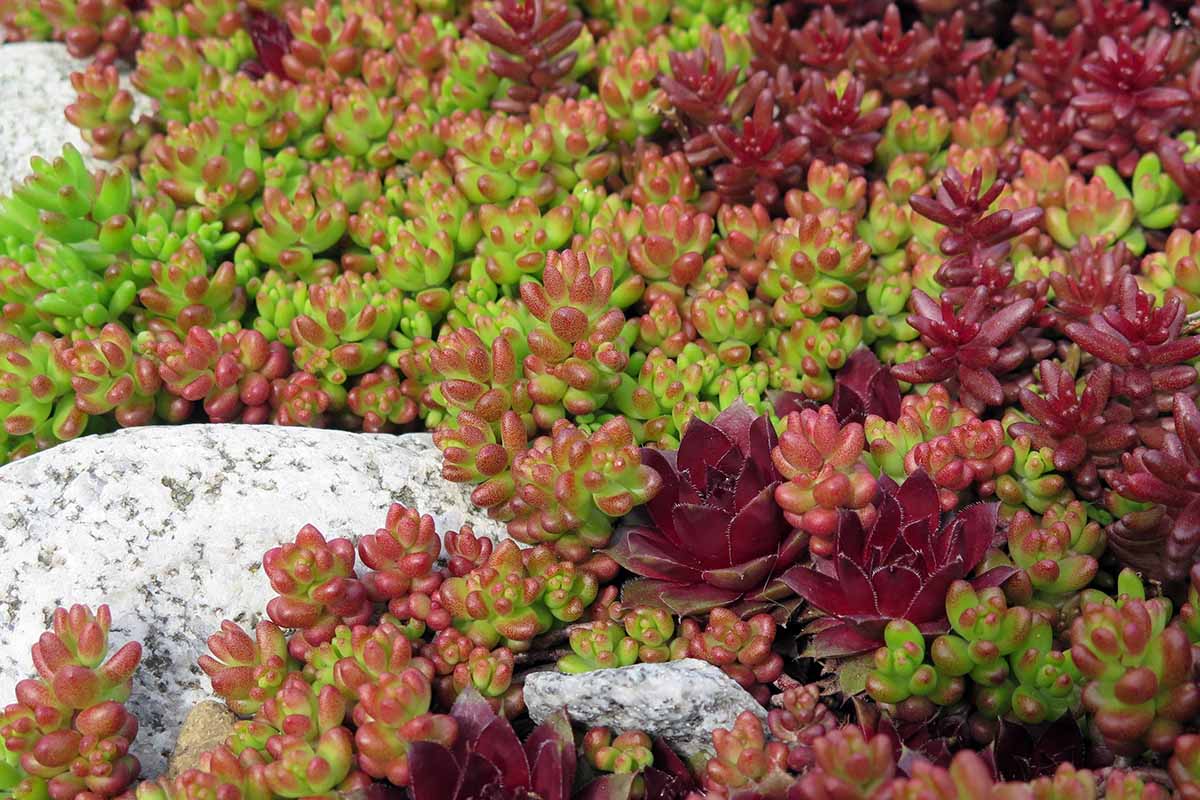
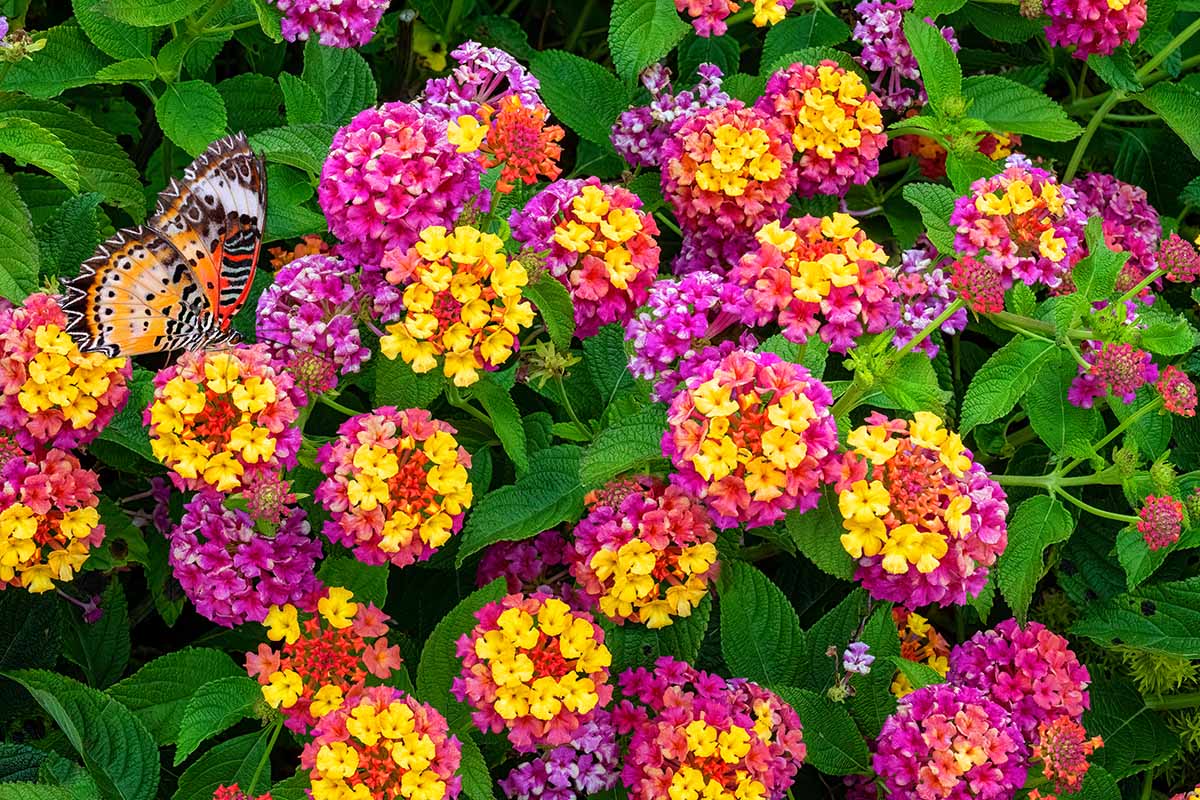
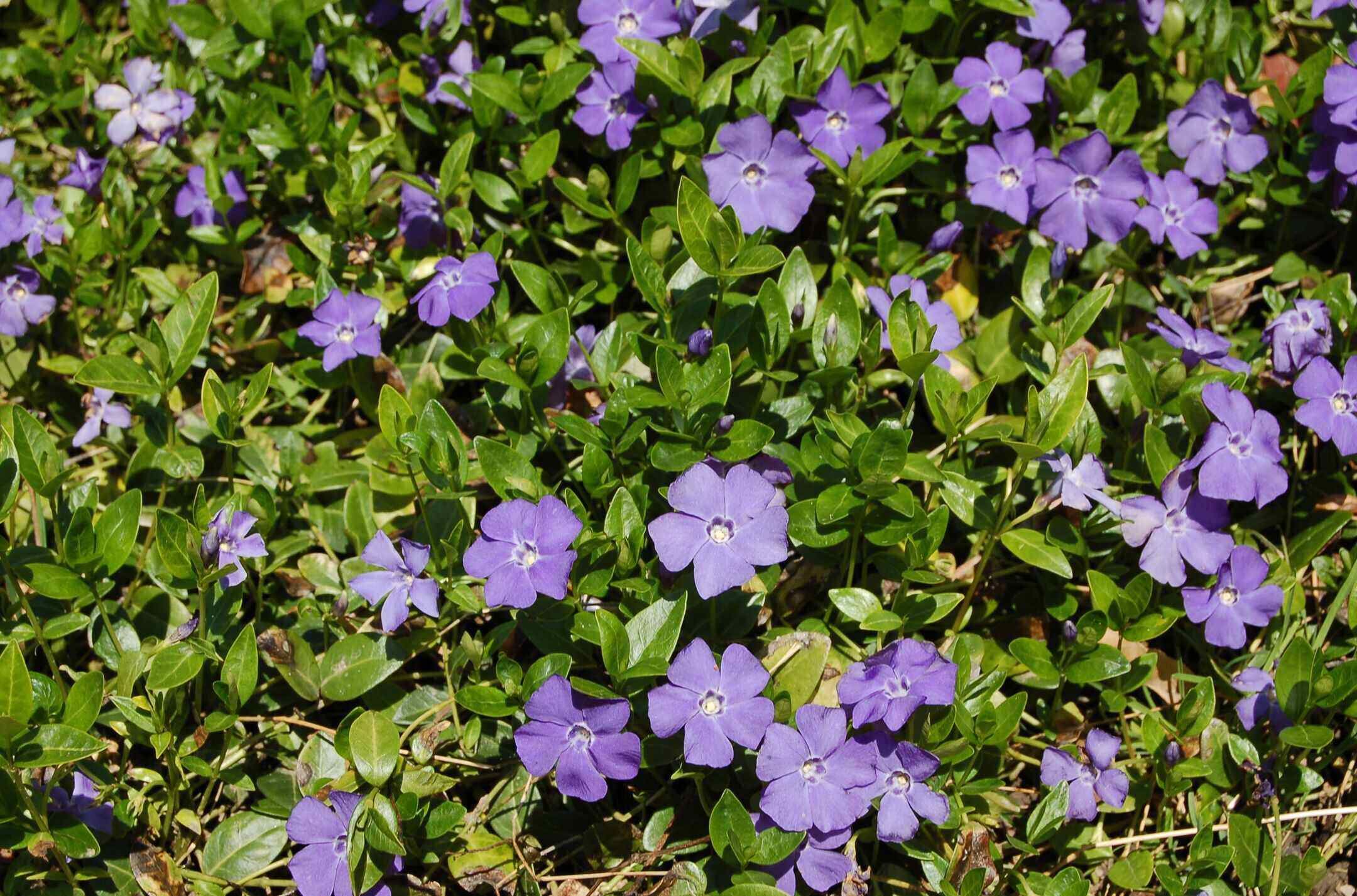
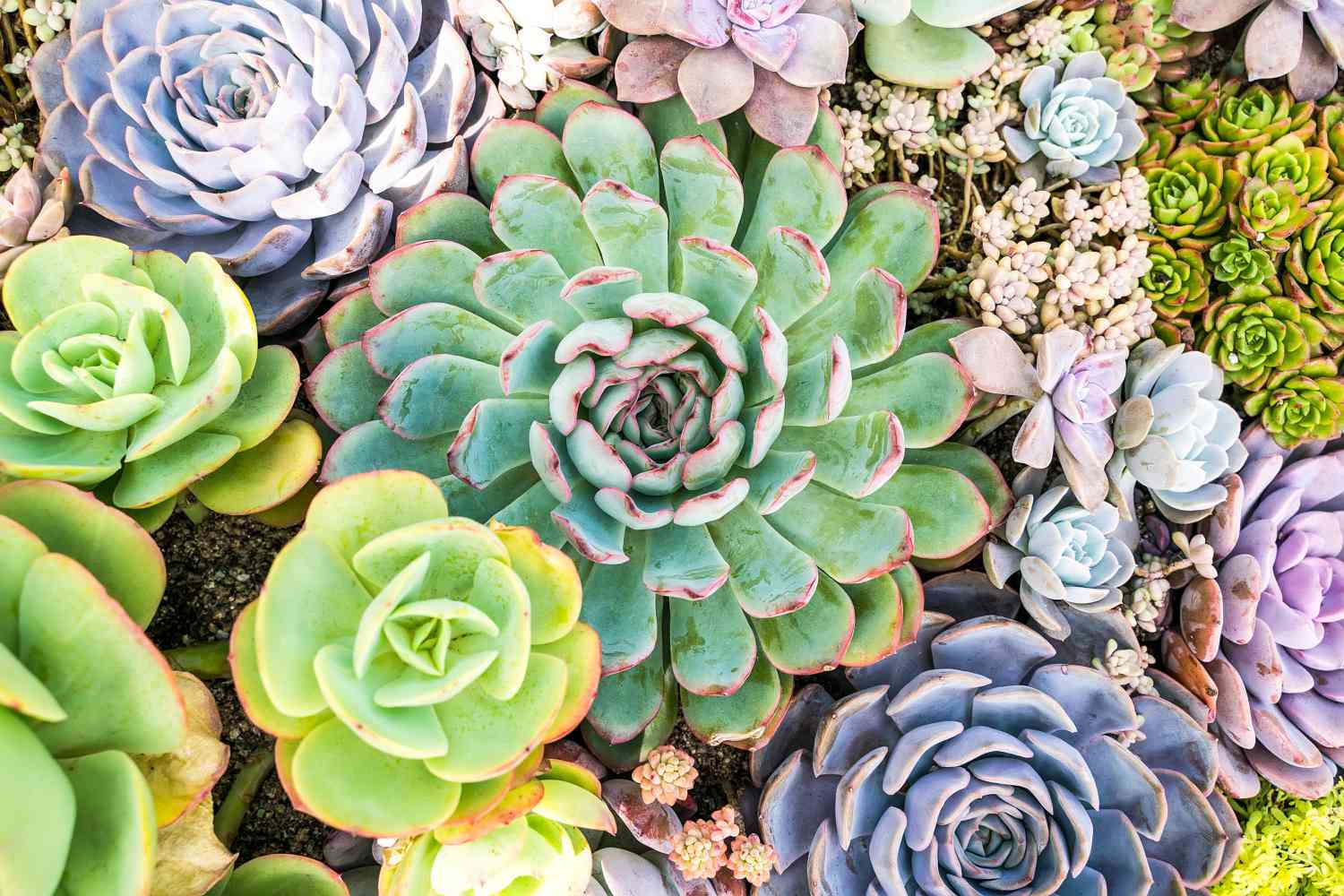
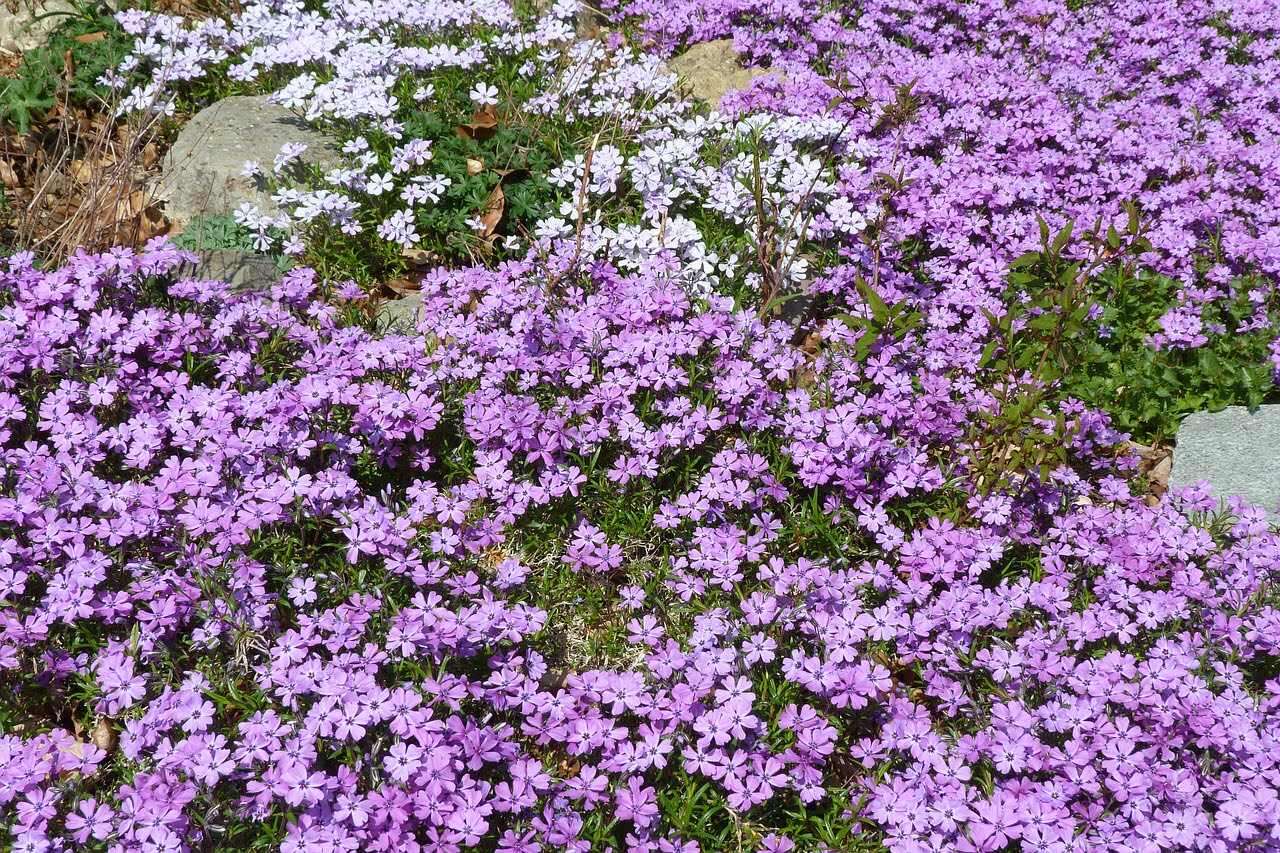
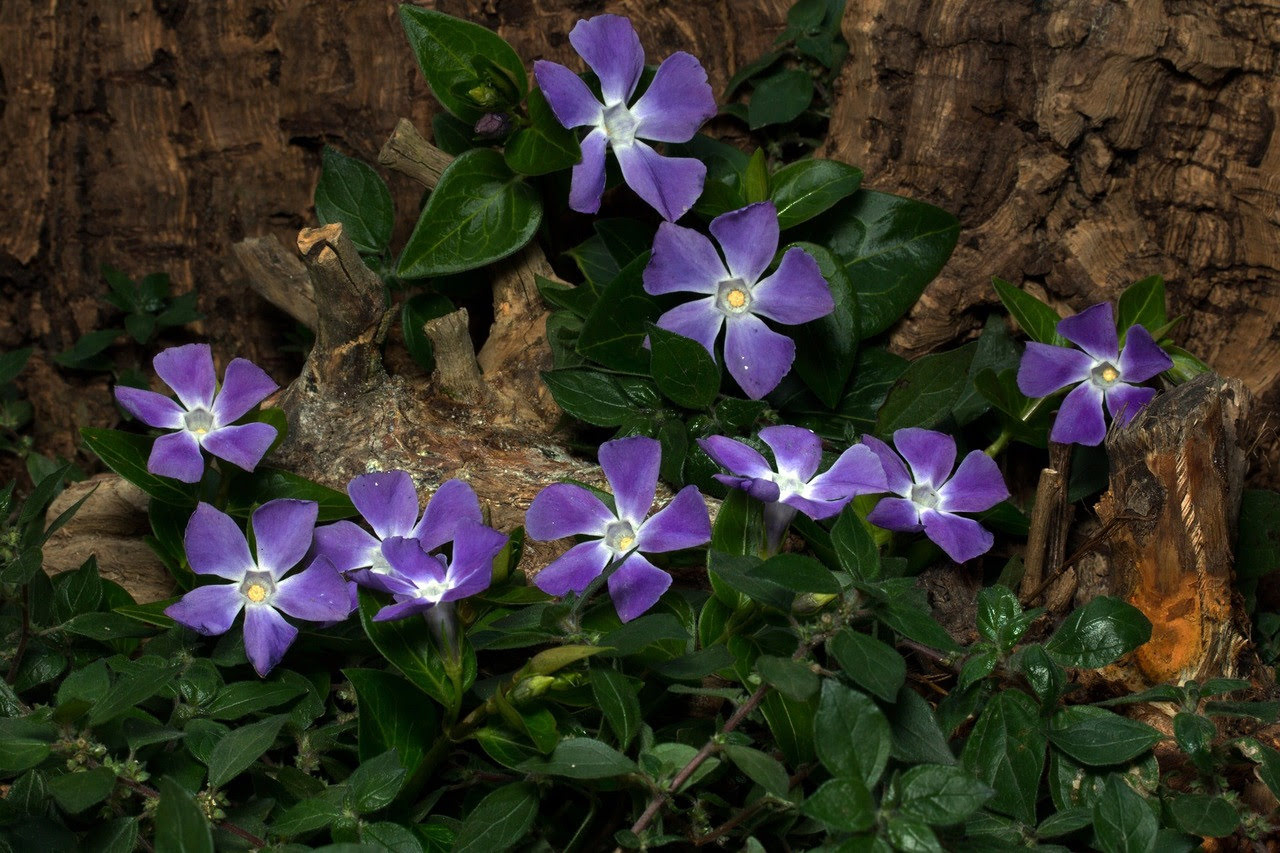
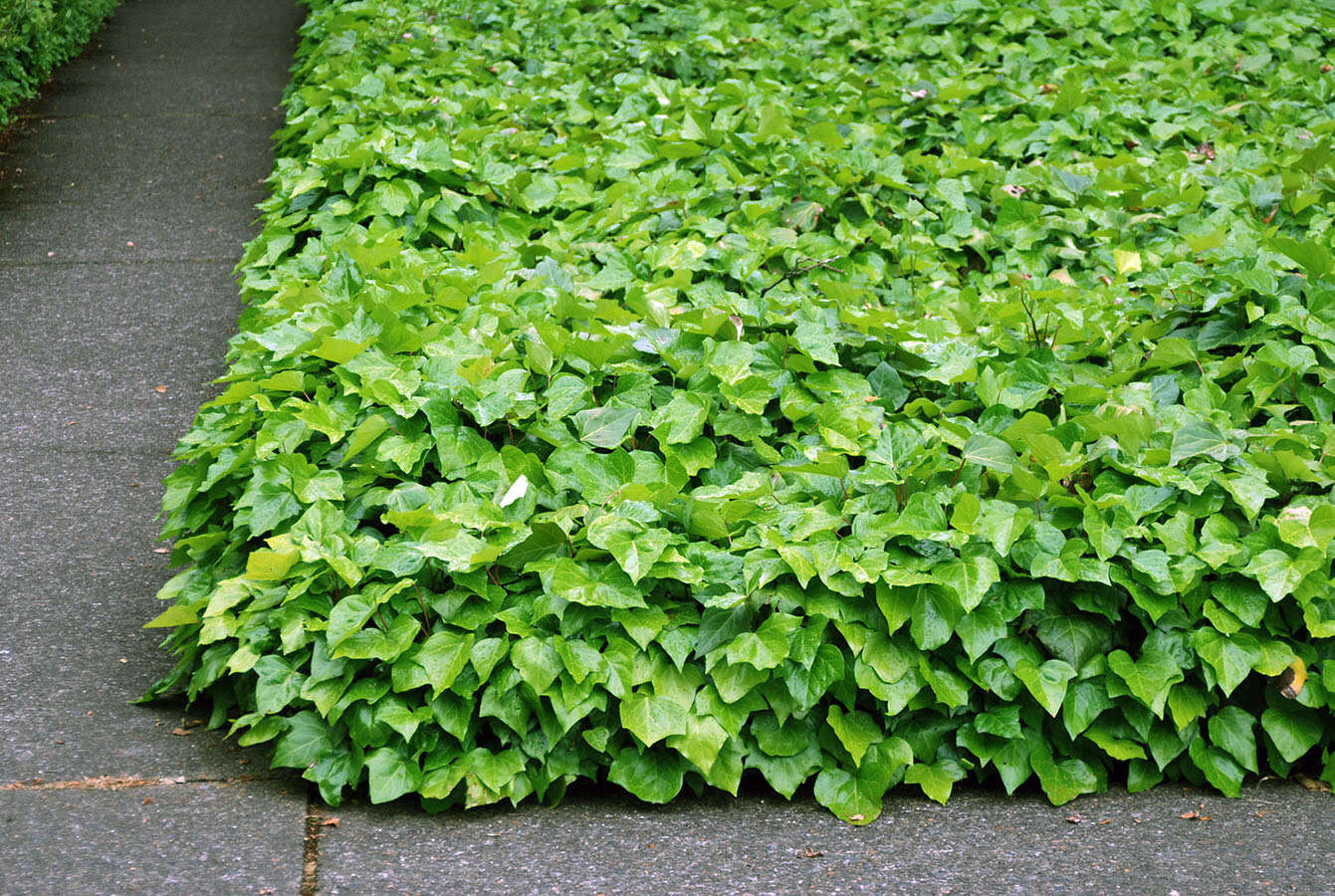
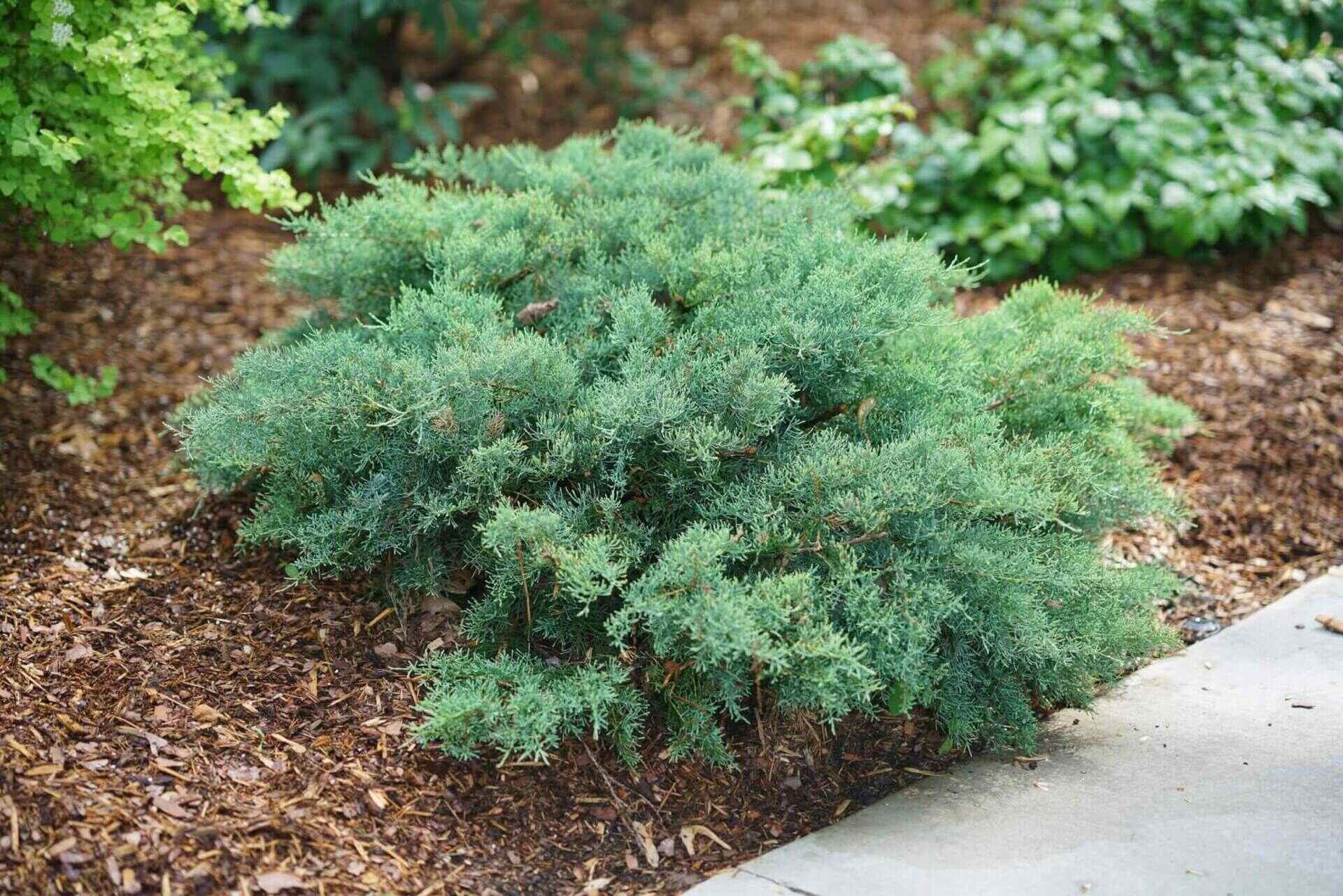
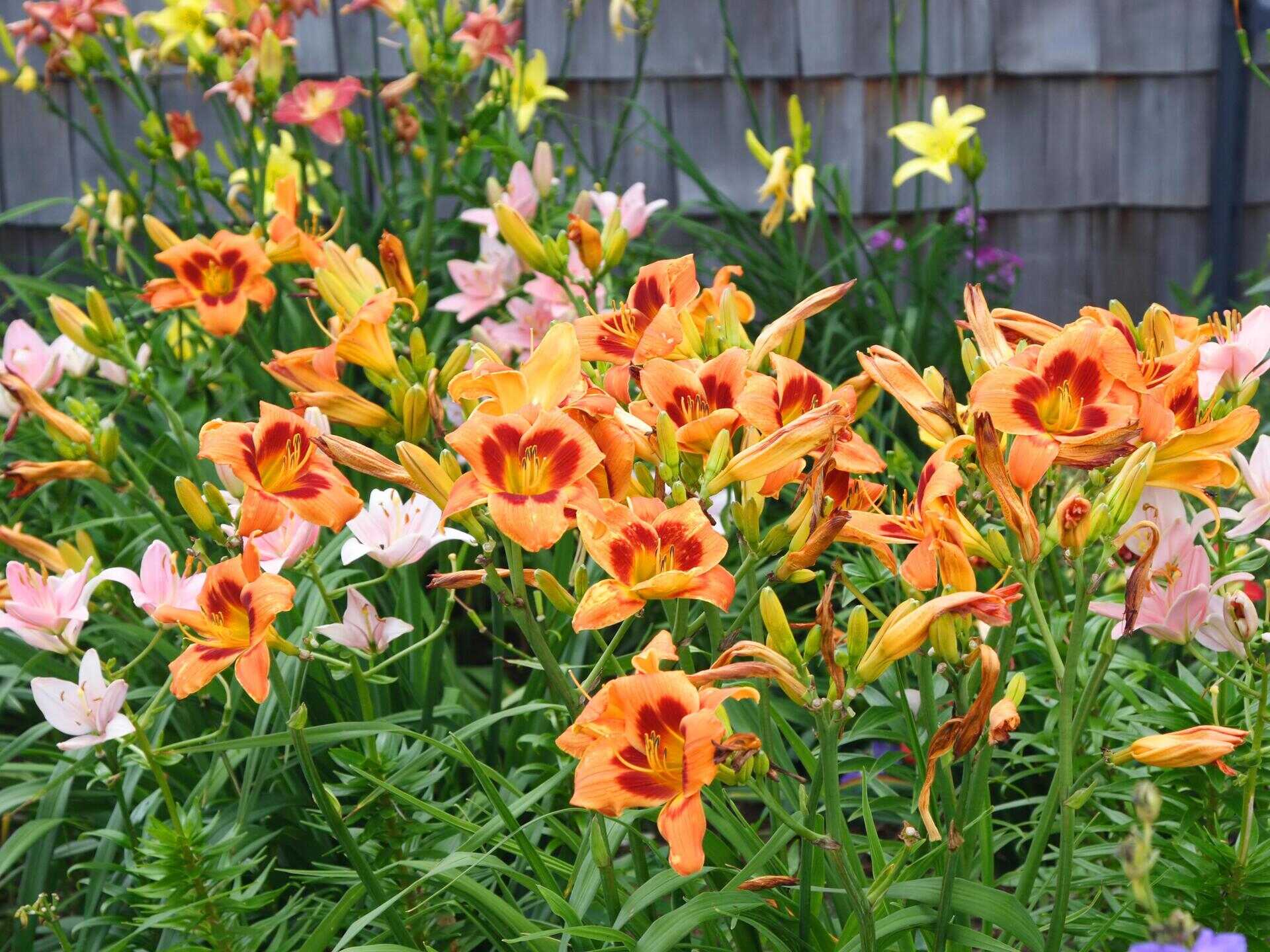
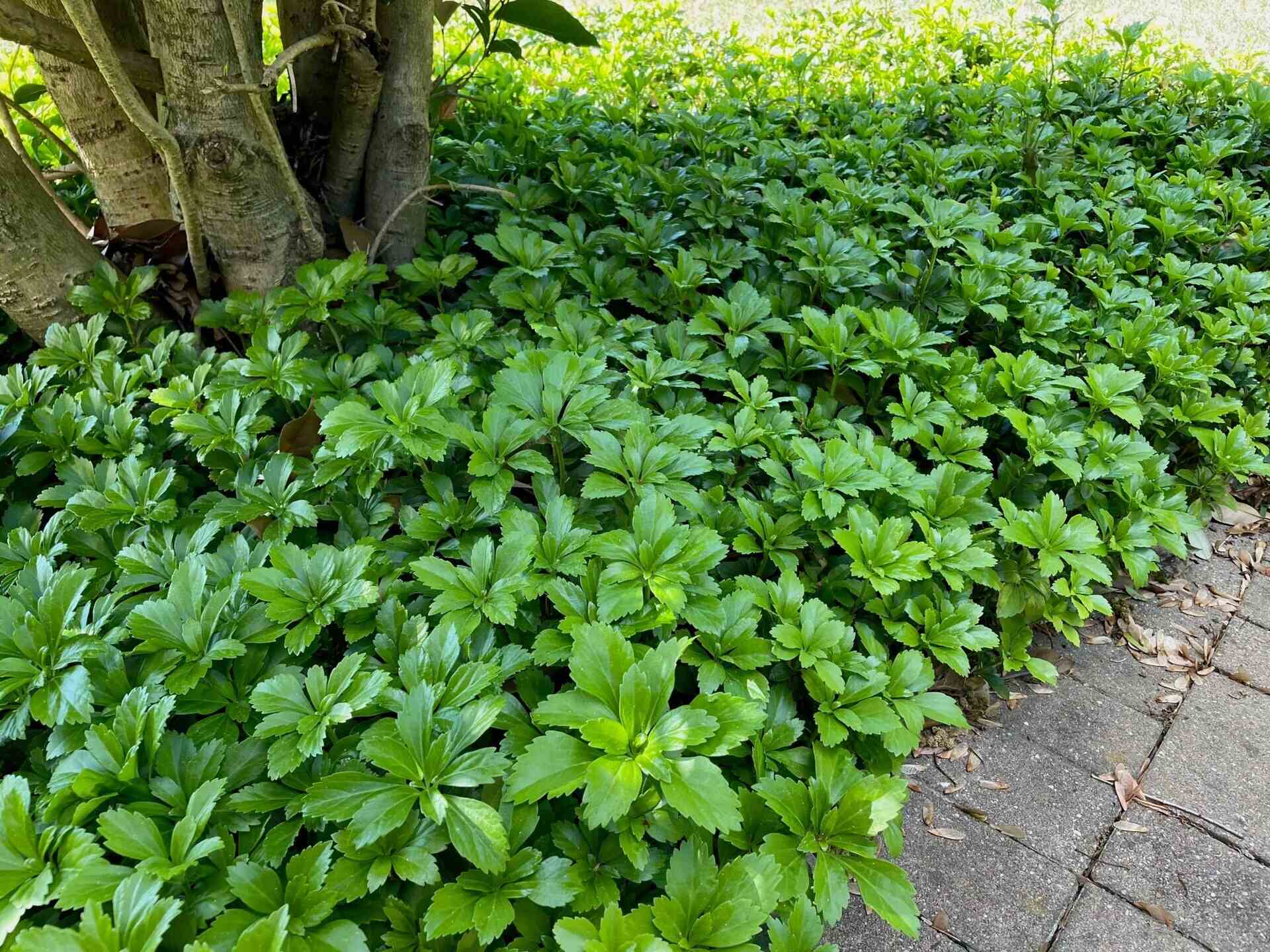
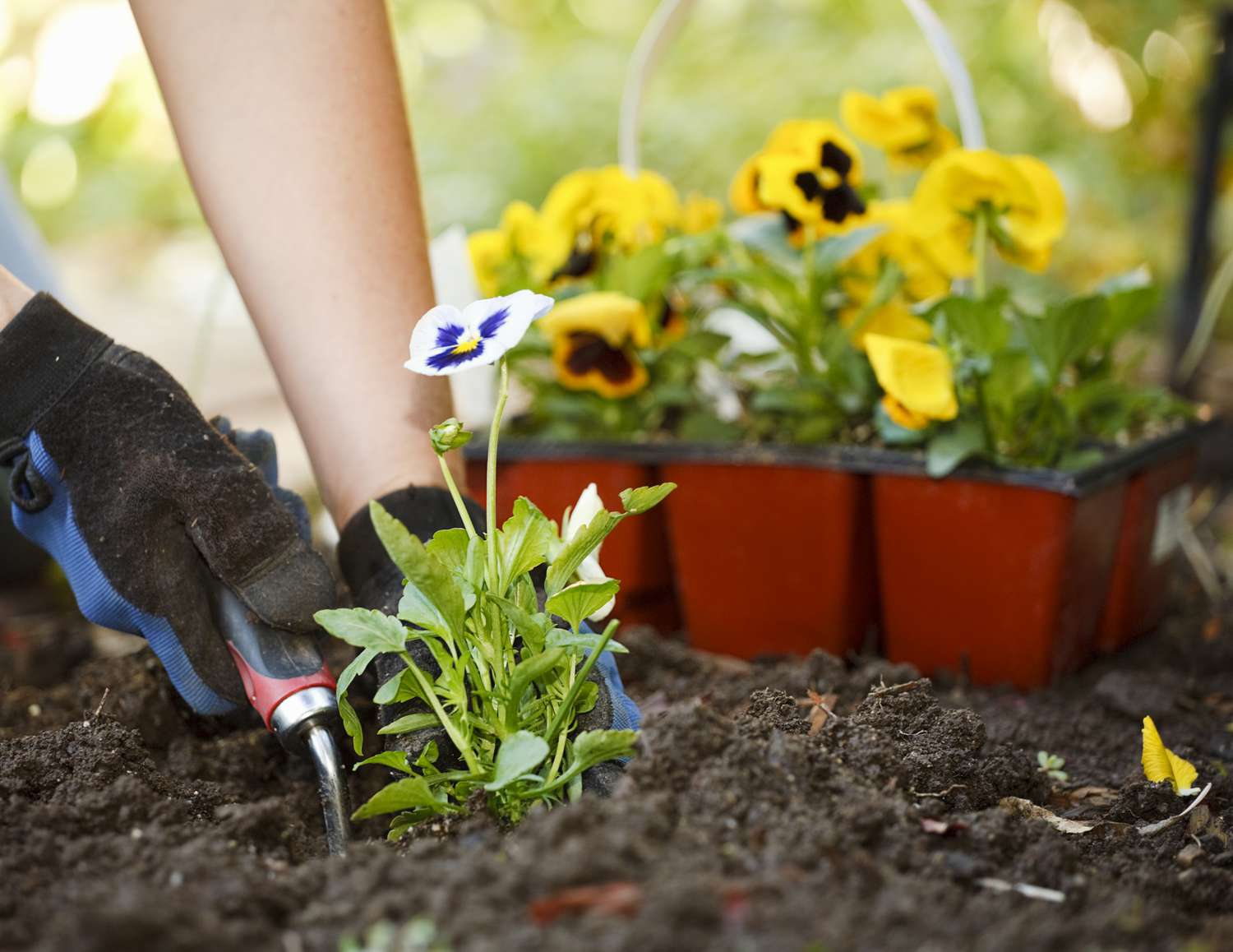
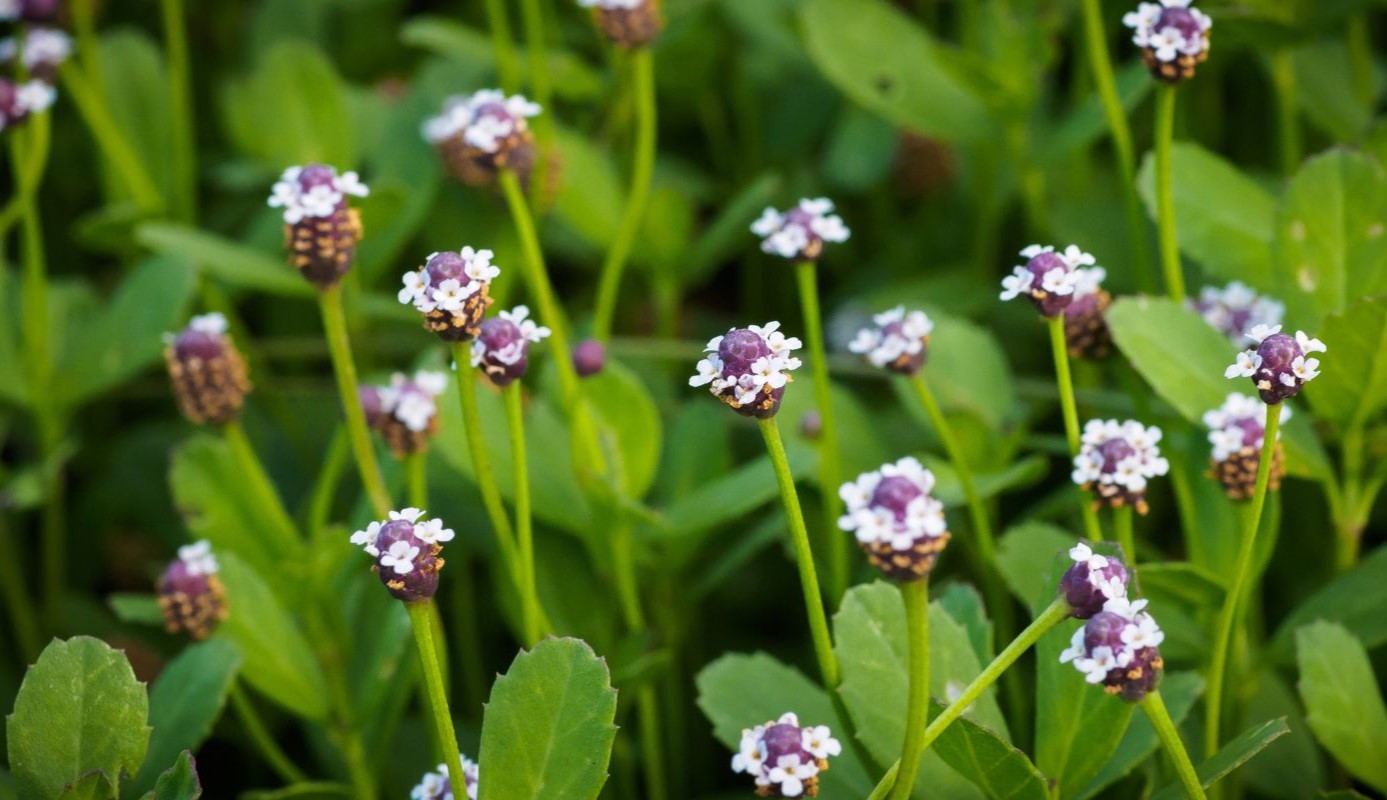
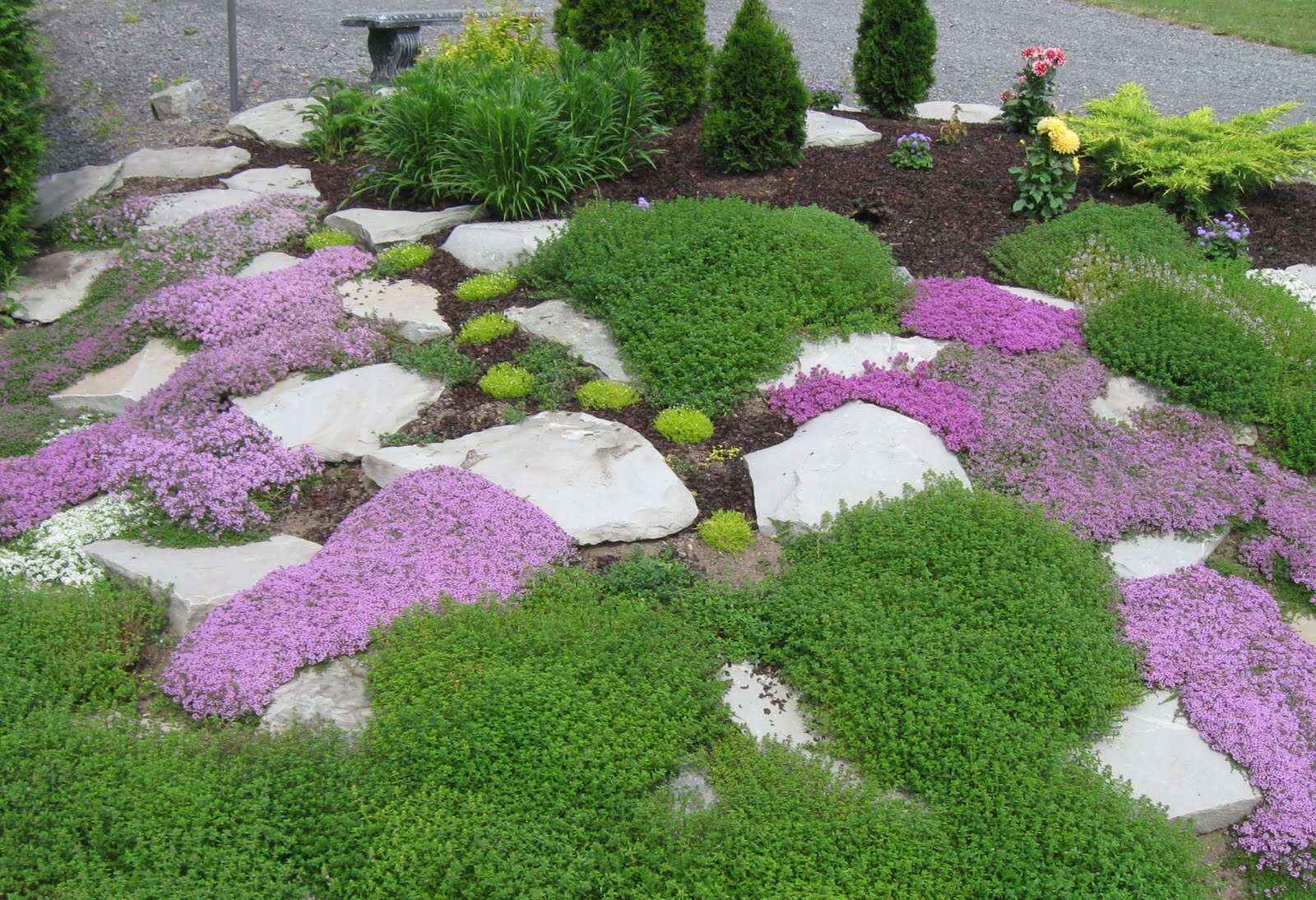

0 thoughts on “How To Plant Star Jasmine Ground Cover”